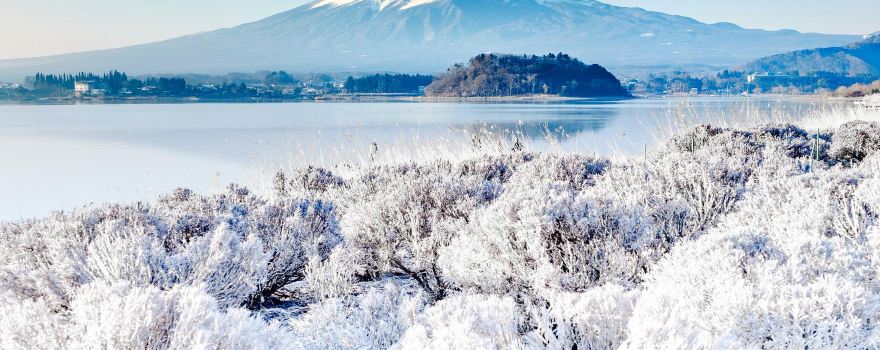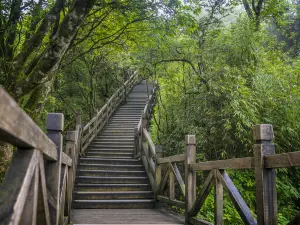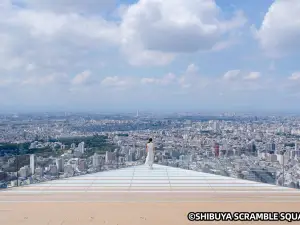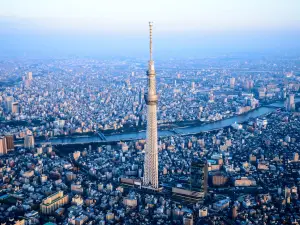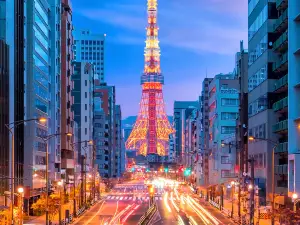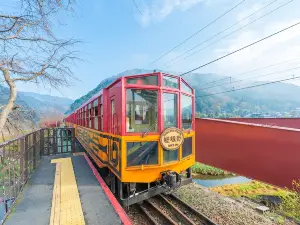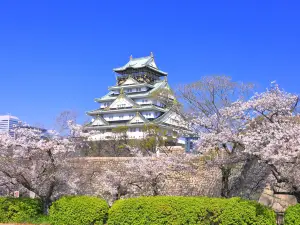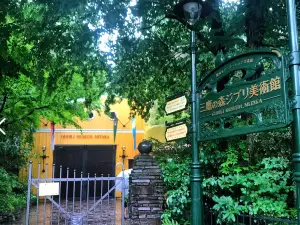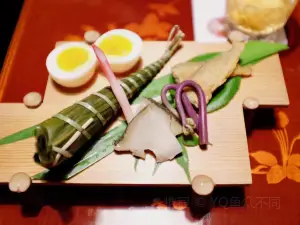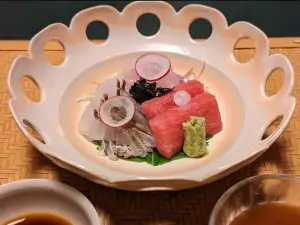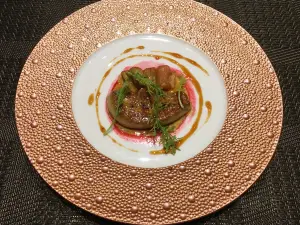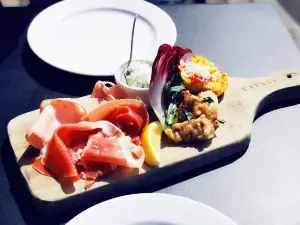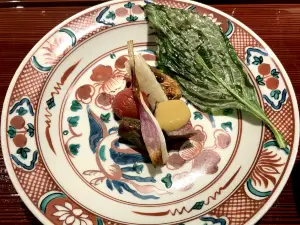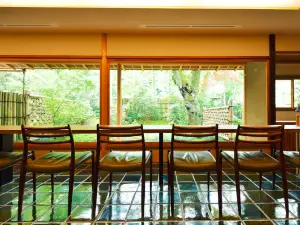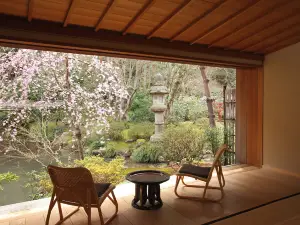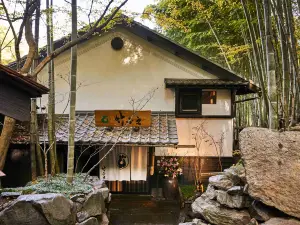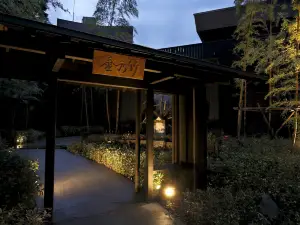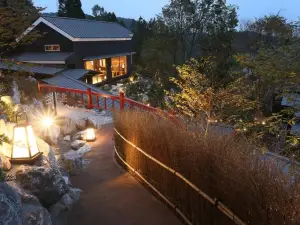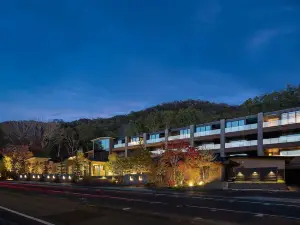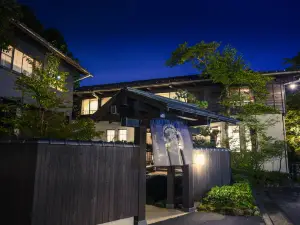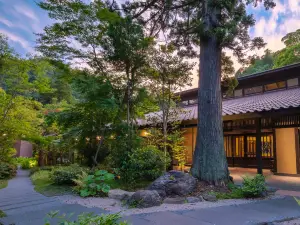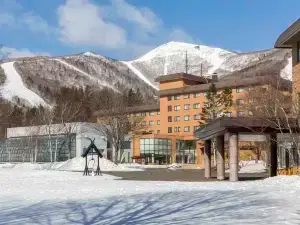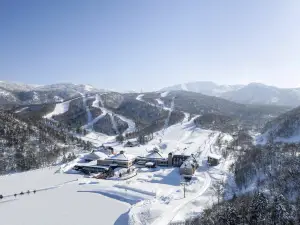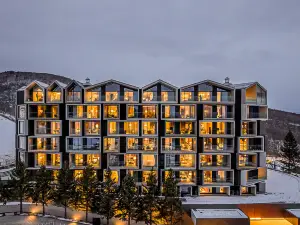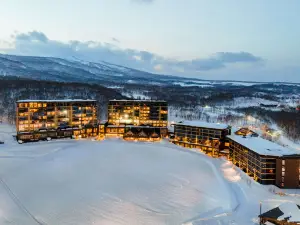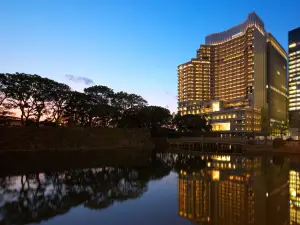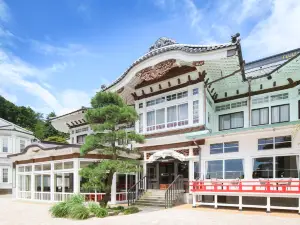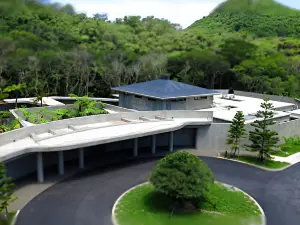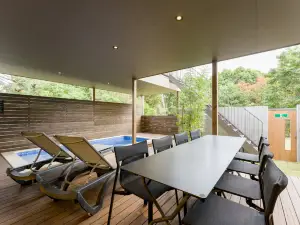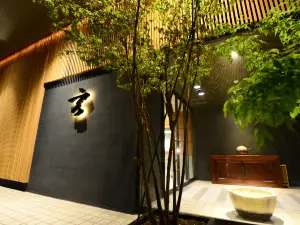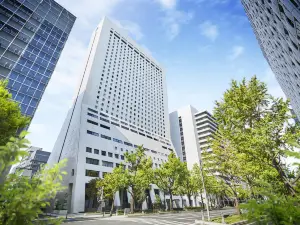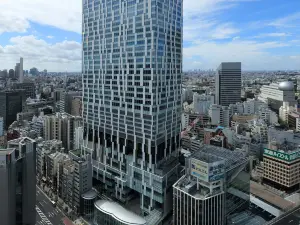2025 Japan Travel Guide: Weather, Transportation, Popular Attractions, and Everything You Need (Updated 2025 4)
About Japan
Recommended trip: 5–12 day(s)
Recommended trip: 5–12 day(s)Japan Local Experiences Map
Japan Local Travel Guide 2025
Japan Best Time To Visit
The best time to visit Japan is between March and May or between September and November. During these periods, the weather is generally mild and dry, making it ideal for travel and outdoor activities. The spring months feature the famous cherry blossoms, providing breathtaking scenery, although it's a popular time with tourists. The fall season showcases vibrant red and gold foliage that enhances the natural beauty of the landscapes. If you prefer smaller crowds and cooler weather, October through March is a good period as well, especially for visiting places like Kyoto to avoid peak tourist seasons.
Japan Must-try Local Experiences
1. Explore Tokyo, the Heart of Japan Discover modern Tokyo with a hint of traditional charm. Visit the serene Imperial Palace, the residence of the Emperor, and then experience the energy of the capital by standing at Shibuya Crossing, the busiest intersection in the world. 2. Tour the Ancient Temples and Shrines of Kansai Japan is rich with historical temples and shrines, especially in the Kansai region. Beyond famous Kyoto, Nara’s Tōdai-ji, Toshodaiji, and Horyuji Temple offer Chinese visitors a deeper look into Japan’s religious culture and architectural styles influenced by China. Meanwhile, Japan’s native Shinto shrines reflect local beliefs, where gods reside in all things; interesting shrines include Kawai Shrine for beauty blessings. 3. Experience Mount Fuji from Every Angle Tour the Fuji Five Lakes and capture Mount Fuji’s reflections across each lake. Around Lake Kawaguchi, catch the morning glow or sunset over the mountain for an ethereal view. You can also take a Fuji-Q Railway train, enjoy scenic cable cars for panoramic views, or even hike to the summit to experience sunrise firsthand. 4. Visit Museums Japan’s museums offer impressive collections of historical and artistic treasures. Major museums like Tokyo National Museum, Kyoto National Museum, Nara National Museum, and Kyushu National Museum are must-sees. 5. Relax in Natural Hot Springs Japan’s seismic activity brings plentiful hot springs across the country. Treat yourself to a hot spring resort or public bath, unwind after a busy itinerary, and immerse in Japan’s traditional onsen culture. 6. Visit Japan’s Famous Fish Markets Japanese fish markets like Tokyo’s Toyosu Market, the markets in Wakayama, and those across Hokkaido are perfect for enjoying fresh sashimi and seafood bowls. Visit early to watch fish auctions, soak up the bustling atmosphere, and savor specialties like seafood rice bowls or sushi breakfasts. 7. Enjoy Theme Parks and Forget Your Worries Japan has a wealth of theme parks, from Universal Studios Japan in Osaka and Tokyo Disneyland to the Warner Bros. Studio Tour Tokyo - The Making of Harry Potter. Include Fuji-Q Highland with its thrilling rides under Mount Fuji, Ghibli Park themed on Miyazaki’s films, and the retro yet scenic Ikoma Sanjyo Amusement Park in Nara. 8. Visit Iconic Anime and Film Locations Visiting anime sites is a dream for many fans. Locations like Akihabara, Ikebukuro Commercial, and Shibuya appear in countless anime and live-action works and are home to anime stores, themed cafes, and exhibitions. 9. Experience Traditional Kimono Dress-Up Many popular destinations across Japan offer kimono rental services, some even located at tourist information centers. Staff will help you select and wear a kimono, often assisting with styling so you can capture beautiful photos in traditional attire. 10. Take Part in a Refined Tea Ceremony Join a tea ceremony, donning a kimono as a tea master guides you through the etiquette of tea preparation and tasting. Experience the bittersweet flavor of matcha paired with wagashi sweets, and appreciate the Japanese focus on beauty and detail in this art form. 11. Watch Sumo Wrestling or Traditional Theater Witness the excitement and heritage of sumo wrestling or visit a kabuki theater to enjoy the elaborate costumes and vibrant performances that bring Japan’s traditional drama to life. 12. Experience Japan’s Seasonal Beauty Japan’s signature attractions include cherry blossoms in spring and autumn foliage. Spring’s cherry blossoms, though fleeting, are celebrated widely, while autumn brings fall foliage viewing. In summer, enjoy lush green landscapes and fireworks, while winter offers romantic snowscapes and powdery snow ideal for skiing. 13. Savor Japanese Cuisine Japan is famed for its diverse cuisine, from sushi and ramen to yakitori and tempura. Many popular Japanese restaurants require reservations, but casual ramen shops offer authentic flavors. Markets in every city are also great places to sample fresh seafood. 14. Shop in Japan’s Retail Paradise Explore luxury department stores and boutiques in Tokyo and Osaka or browse traditional markets for fresh produce, pickled vegetables, artisanal sweets, and unique handcrafted souvenirs.
Japan Travel Tips
1. Be Aware of Seasonal Weather: The weather can change significantly during the day, especially during the rainy season and typhoon season. Before traveling, check the weather forecast and bring appropriate rain gear. 2. Safety Tips for Outdoor Activities: When visiting natural attractions like Mount Fuji, be mindful of weather changes and mountain safety. Follow the safety guidelines of the attraction. Be sure to pack proper hiking shoes, raincoats, warm clothing, and be aware of altitude sickness. Bring enough food and water, and remember to take your trash with you. 3. Food Safety Tips: Japanese sashimi and sushi are delicious, but if you have seafood or raw food allergies, choose carefully. You can inform the restaurant about your dietary needs in advance and check the allergy information on food labels. 4. Japan’s Left-side Travel Custom: Whether it's vehicles or pedestrians, everything moves to the left, including when using stairs. This helps avoid collisions. The only exception is in Osaka, where it’s customary to stand on the right side and walk on the left side of the escalator. 5. Convenience Store Queueing and Dining In-store: During busy hours, there will usually be a line at the checkout, often between shelves, with floor markings guiding you. Don’t rush to the counter just because it’s free. Additionally, convenience stores in Japan have different tax rates for takeaway (8%) and dine-in (10%) items. If you plan to eat in-store, make sure to let the staff know when you check out. If you’ve already paid the takeaway tax rate, it’s not recommended to open the food inside the store. 6. Place Cash in the Small Tray at the Cashier: Japanese cash registers usually have a small tray where customers place their money. This helps maintain a comfortable distance between the customer and cashier while also making the transaction clearer. 7. Remember to Bring Some Cash: Many traditional shops in Japan only accept cash, so it's a good idea to carry some in case you can’t pay by card. 8. Reservations are Recommended for Regular Meals: Many high-end restaurants and hotels in Japan require reservations, and cancellations may incur a fee. In many cases, staff may not speak foreign languages, so it’s better to book online in advance. If possible, ask a local friend to help make the reservation. 9. No Tipping Required: Tipping is not necessary in Japan, as service charges are usually included in the bill. Simply pay the amount shown. Be aware of the "お通し" (otoshi) culture in izakayas, where a small dish is served, and a fee of a few hundred yen per person is charged. This is considered a cover charge or a snack fee, not a tip. 10. Earthquake Emergency Procedures: Japan is a seismically active region, so when checking into a hotel, make sure to familiarize yourself with emergency exits and evacuation routes. Stay calm during an earthquake and seek shelter under sturdy furniture. Follow the instructions of hotel staff. Fire, which often accompanies earthquakes, is one of the most dangerous risks, so make sure to put out any open flames as quickly as possible. 11. Train Etiquette: On trains, set your phone to silent mode, avoid playing music or making phone calls, and try to stay quiet. Priority seats are for elderly, disabled, pregnant, or sick passengers, so avoid sitting in these seats unless necessary. Eating on the train should be avoided to prevent disturbing others. 12. Women-only Carriages: Some JR and private railway trains in Japan have women-only carriages, usually during morning and evening rush hours. The schedule and carriages may vary depending on the company and line, so be careful not to enter the women-only carriage by mistake. 13. No Smoking in Public Places: Smoking is prohibited in many public areas in Japan, and you must smoke only in designated areas. Those who violate this rule may be fined. Please adhere to the no-smoking signs and avoid smoking while walking or discarding cigarette butts. 14. Dining Etiquette in Japanese Restaurants: Bringing your own food or taking leftovers is generally not allowed in Japanese restaurants. If you have special requests, such as takeaway or dietary needs, ask the staff in advance. 15. Reservations Required for Popular Attractions: Attractions such as SHIBUYA SKY in Tokyo, Warner Bros. Harry Potter Studio Tour, and the Ghibli Park in Nagoya require advance reservations. Some time slots have limited availability, so it’s recommended to book in advance to avoid missing out. Be especially mindful that many attractions close during the New Year’s holiday season. 16. Respect Local Religious Customs: When entering shrines and temples, please remain quiet and ask for permission before taking photos. Be sure not to enter the areas where offerings are made. 17. Etiquette for Experiencing Onsen Culture: If you plan to visit a hot spring in Japan, remember to wash yourself thoroughly before entering the baths, and do not let your towel touch the water. Additionally, tattoos are not accepted in some onsen areas, so it’s best to check in advance. 18. Follow Drone Flight Regulations and Be Cautious when Taking Photos in Public Places: Using drones in Japan requires strict adherence to regulations. Drones weighing over 200g need special permission, and they can only fly during the day, within the operator's line of sight, and below 150 meters. When taking photos or videos in public places, avoid recording people's faces to prevent unnecessary trouble, especially on trains. 19. Strict Waste Separation: Japan has stringent rules for waste separation, with categories for combustible, non-combustible, recyclable, and large waste. Visitors must follow these rules to avoid fines. Public trash bins are rare in Japan, so it’s recommended to carry a bag for your trash.
Japan Transportation
Japan is accessible via international flights to key airports, including Tokyo’s Narita and Haneda, Osaka’s Kansai, and other regional hubs. Alternatively, sea travel through international ferry services connects Japan with nearby countries like China, and South Korea for a more leisurely journey.
Japan Best cities to visit
Osaka, Japan's second-largest city, is a central business hub in western Japan. A symbol of the metropolis, Osaka Castle is a must-see attraction that is representative of the continuous historical changes in the city. Universal Studios is another destination well worth a visit, with its Wizarding World of Harry Potter, Minions and Sesame Street attractions all waiting for a fun-filled family visit. If you’ve got a small child in tow, fun awaits at the mysterious underwater world at Osaka Aquarium KAIYUKAN, or the nearby Tempozan Ferris Wheel from the top of which you can get a beautiful view of Osaka Bay. In terms of shopping, Osaka Umeda District in the north, Namba in the south, along with Shinsaibashi and Midosuji offer endless stores and malls to discover. Be sure to visit a couple of times in case you miss something your first time in Osaka.
Japan Useful Guide
When traveling in Japan, always have the emergency phone numbers handy: Police (110) and Ambulance/Fire (119). Observe traffic rules strictly: drive on the left, yield to pedestrians, and adhere to speed limits. Familiarize yourself with emergency protocols for natural disasters like earthquakes and typhoons, using resources like the Japan Safe Travel Information website and Safety Tips app. In case of non-urgent concerns, consult the Japan Visitor Hotline at 050-3816-2787. These precautions help ensure a safe and enjoyable visit to Japan.
Trip.Best: Japan
Popular Destinations
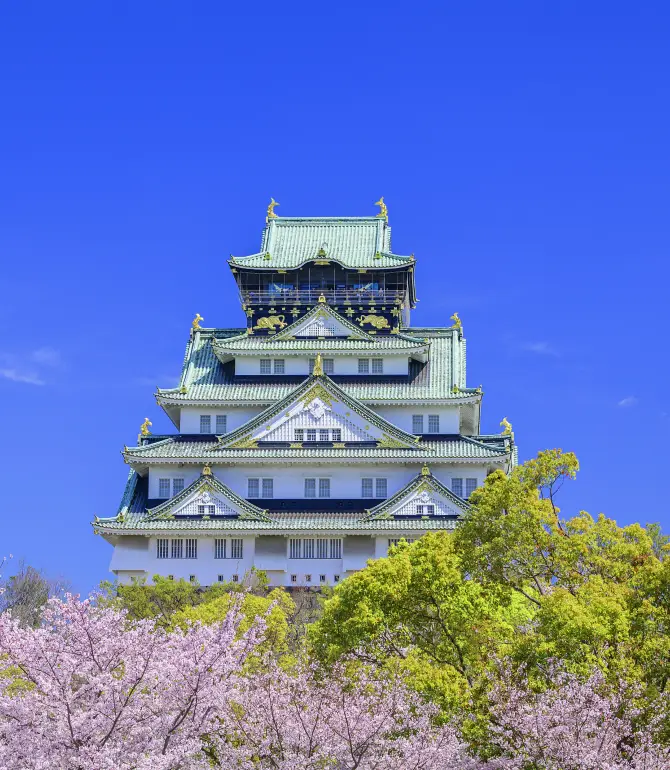
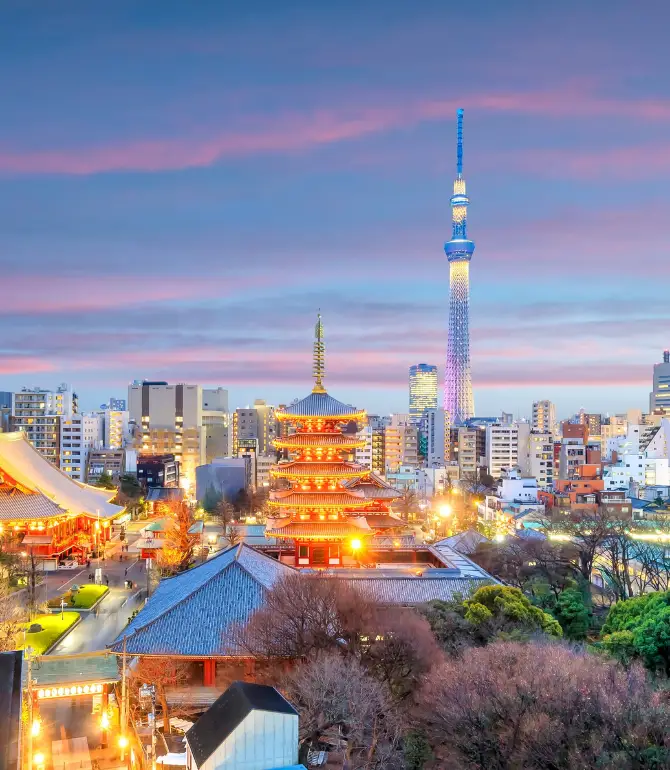
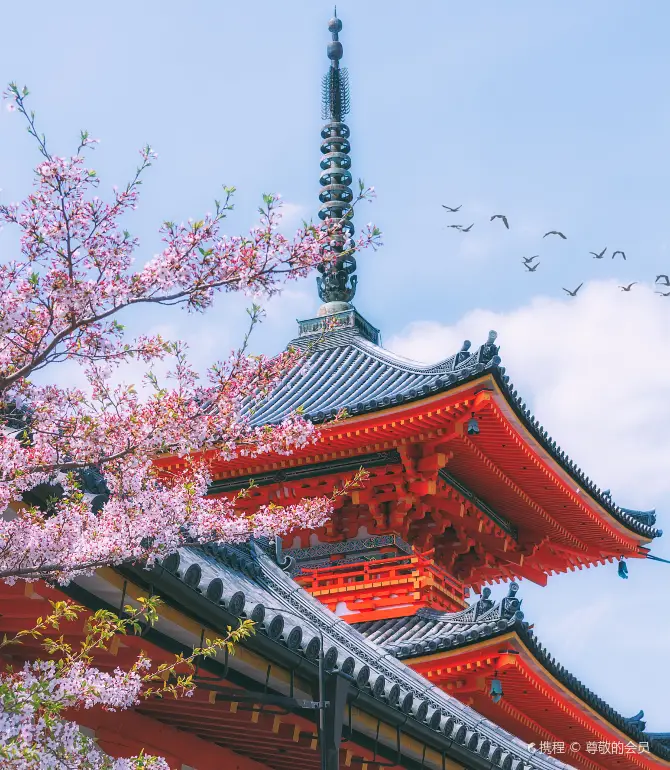
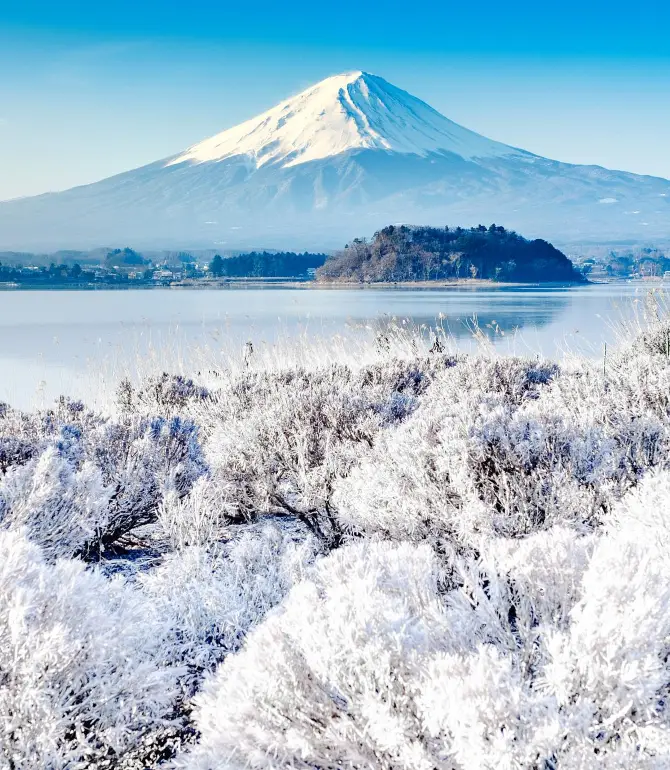
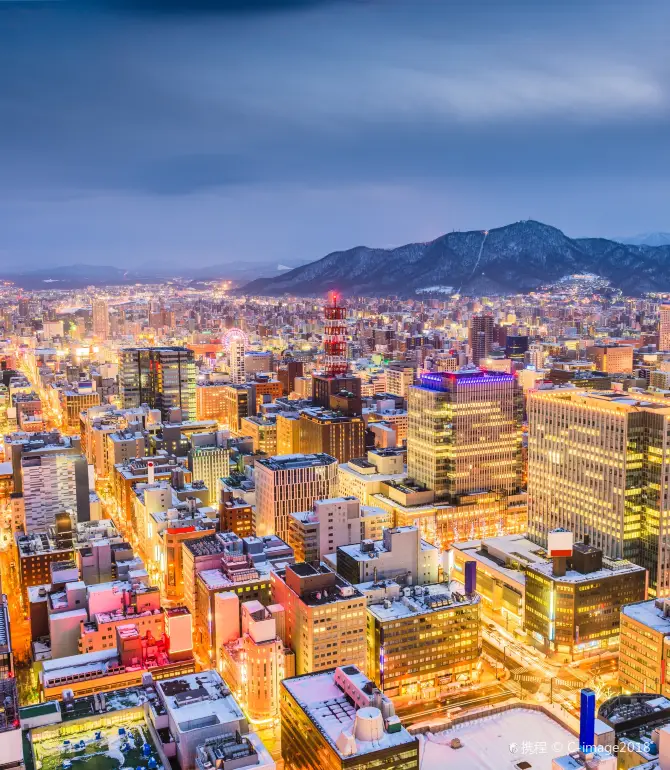
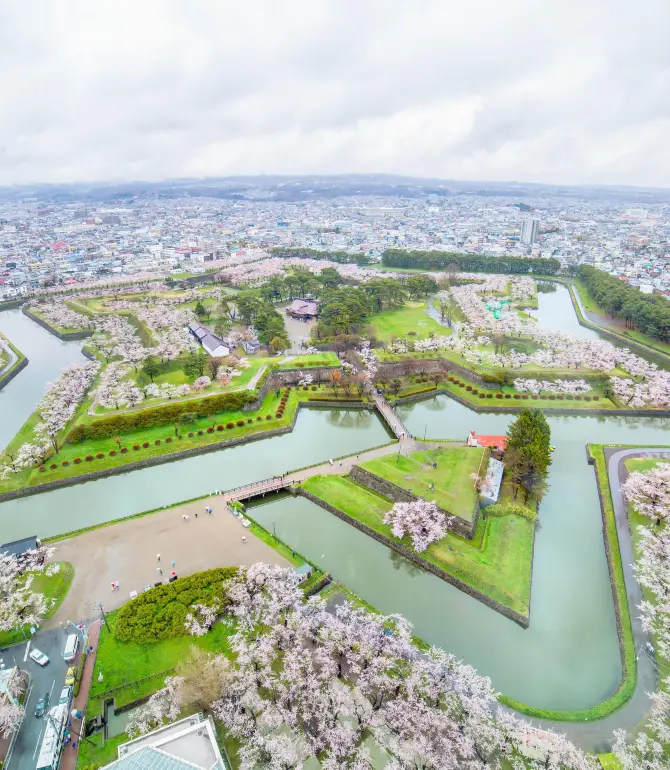
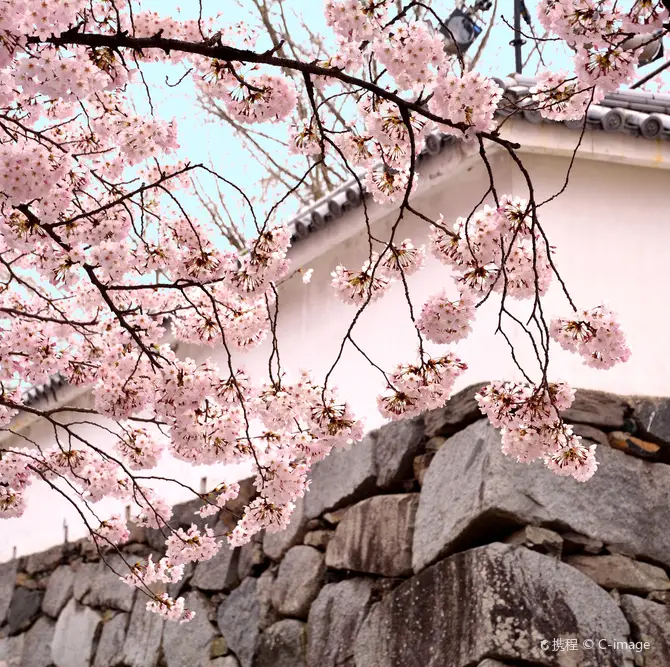
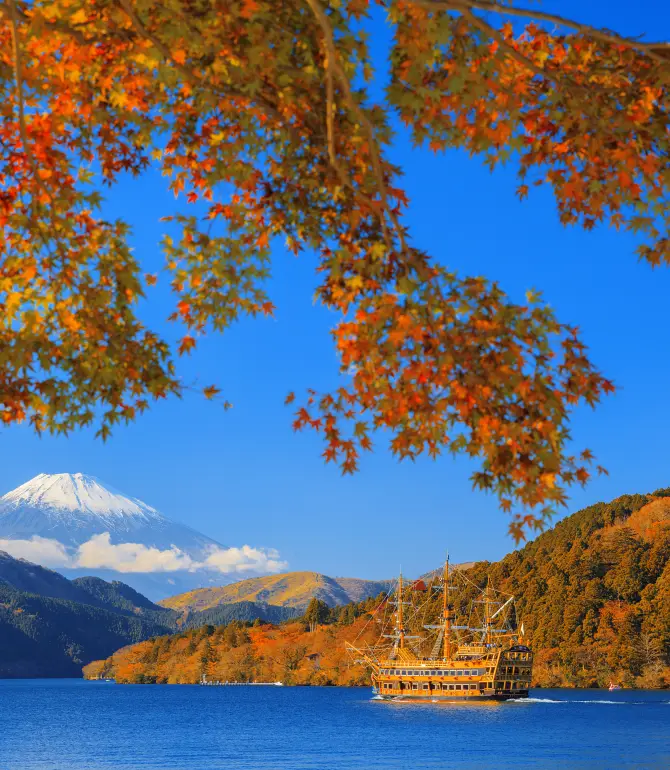
Things to do in Japan
What to Do
What to Eat
Japan Moments: Through Travelers' Eyes

Chasing Sakura at Kyoto Fushimi Jikkoku Bune

Dotonbori : Osaka’s Neon Wonderland 🇯🇵

Discover the Hidden Beauty of Shizuoka's Fuji Reien Cherry Blossom Spot.

Chasing Sakura at Mt. Yoshino

How to spend 2 days and 1 night in Hakone, Japan!

6-Day Japan Travel Guide: Your Ultimate Itinerary

I thought Kamakura was beautiful enough, until I came to Amaharashi Coast.
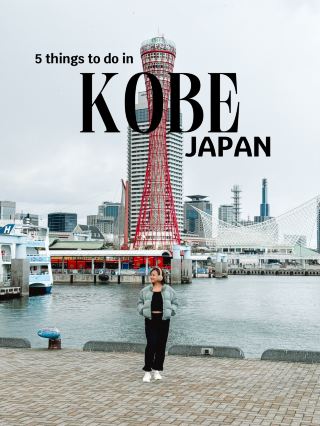
5 THINGS TO DO IN KOBE, JAPAN! 🇯🇵
What People Are Saying About Japan
SHIBUYA SKY
Tokyo Disneyland
Universal Studios Japan
Osaka Aquarium Kaiyukan
Fukuoka Tower
Marine World
Shiroi Koibito Park
Jozankei Onsen
Kokusai-dori
Ryukyu Mura
Best of Japan
Site Operator: Trip.com Travel Singapore Pte. Ltd.

